Do you know how enthralling Mother Nature is? Teeming with life, from the tiny critters that live in our backyards to the enormous giants of the savanna?
But have you ever wondered about the absolute smallest inhabitants of our planet? These tiny titans, often overlooked, possess extraordinary adaptations and play vital roles in our ecosystems.
They contribute to the delicate balance that keeps our planet thriving. In this article, we've curated a list of the top 10 smallest animals in the world, showcasing just how diverse and incredible the natural world truly is.
List of the World's Smallest Creatures
Here's a list of the top 10 smallest animals in the world that are sure to amaze you with their tiny size.
| Rank | Animal Name | Length | Weight (approx.) |
| 1 | Batodonoides vanhouteni (extinct) | 1.3 cm | 1.3g |
| 2 | Etruscan shrew | 3.5-5.2 cm | 2.1g |
| 3 | Pygmy Jerboa | 4.2-5.4 cm | 1.7-2g |
| 4 | African pygmy mouse | 3.3-5 cm | 7.2g |
| 5 | Baluchistan pygmy jerboa | 3.6-4.8 cm | 3.75g |
| 6 | Long-tailed planigale | 5.5-6.5 cm | 4.3g |
| 7 | Narrow-nosed planigale | 5-6.5 cm | 5.3g |
| 8 | Paucident planigale | 4-5 cm | 6.9g |
| 9 | Tasmanian pygmy possum | 6.6-7.5 cm | 8.4g |
| 10 | American shrew mole | 7.5-9 cm | 10g |
Batodonoides vanhouteni (extinct)
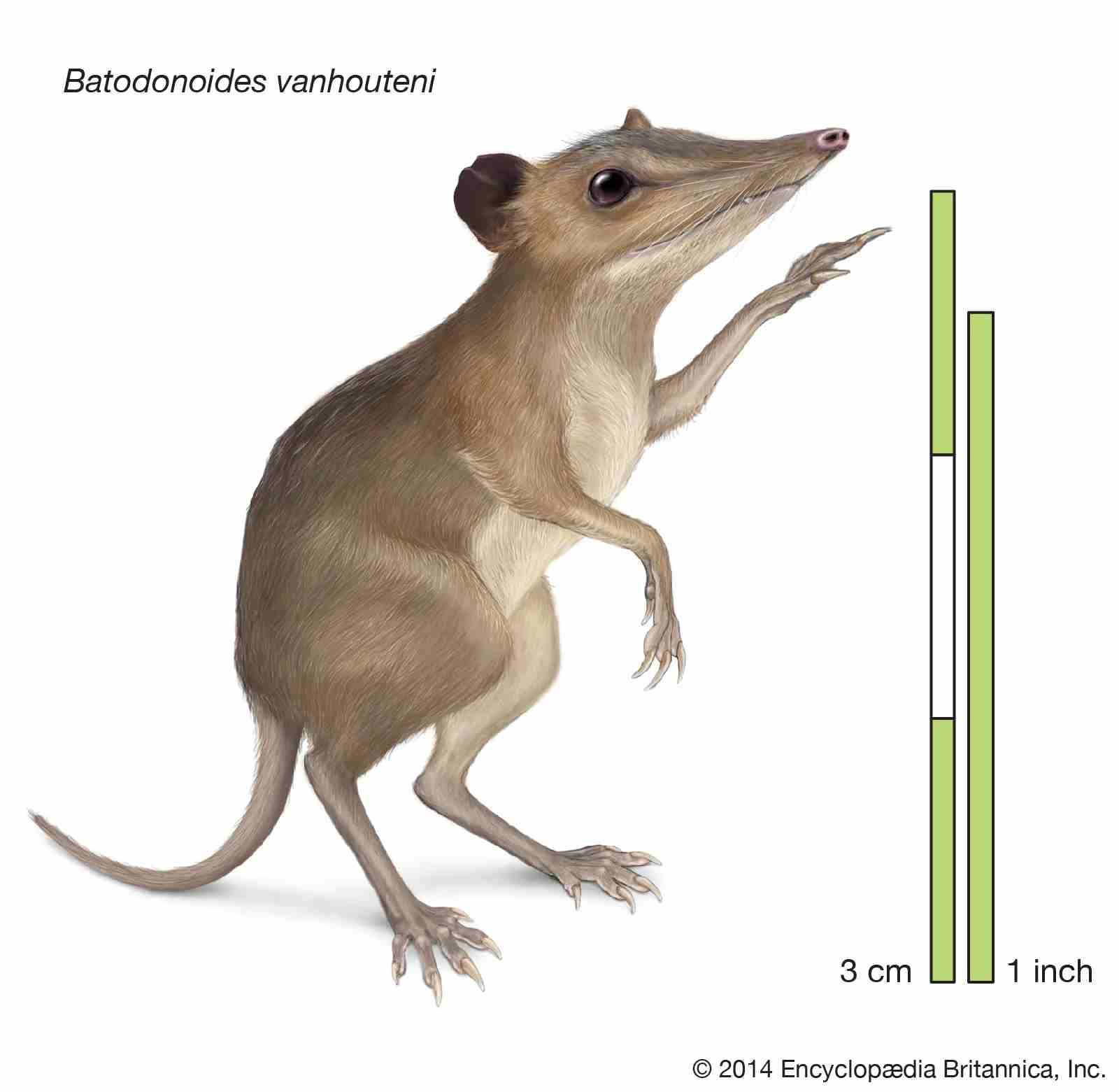
Source: Britannica
- Weight: 1.3g
- Length: 1.3 cm
- Scientific name: Batodonoides vanhouteni
- Habitat: North America (Wyoming)
Batodonoides vanhouteni was a tiny, shrew-like mammal that lived during the early Eocene epoch, approximately 53 million years ago. Weighing around 1.3 grams and measuring just 1.3 centimetres in length, this extinct species is often considered one of the smallest known mammals in history.
Its fossil remains were discovered in Wyoming, North America, providing insight into the diverse and ancient ecosystems that once existed there.
Although little is known about its specific lifestyle, Batodonoides vanhouteni likely inhabited forested environments and fed on insects and other small invertebrates, similar to modern shrews. Its small size and delicate build suggest it had a highly specialised niche in its ancient habitat.
Etruscan shrew
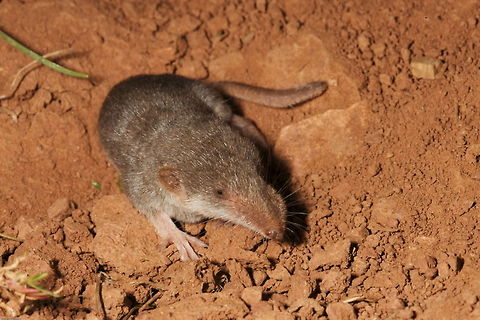
Source: JungleDragon
- Weight: 2.1g
- Length: 3.5–5.2 cm
- Scientific name: Suncus etruscus
- Habitat: Mediterranean region, Southeast Asia, Southern Europe, and North Africa; typically found in warm, moist environments like dense vegetation and gardens.
The Etruscan shrew, also known as the white-toothed pygmy shrew, holds the title of the world's smallest mammal by mass, weighing in at just around 2.1 grams.
Measuring between 3.5 to 5.2 centimetres in length, this tiny creature is found across the Mediterranean region, Southeast Asia, Southern Europe, and North Africa. Despite its minuscule size, the Etruscan shrew has an incredibly fast metabolism and must consume nearly twice its body weight in food daily.
Its preferred habitats include warm, moist environments with dense vegetation, such as gardens and wooded areas, where it hunts for insects and other small invertebrates.
Pygmy Jerboa
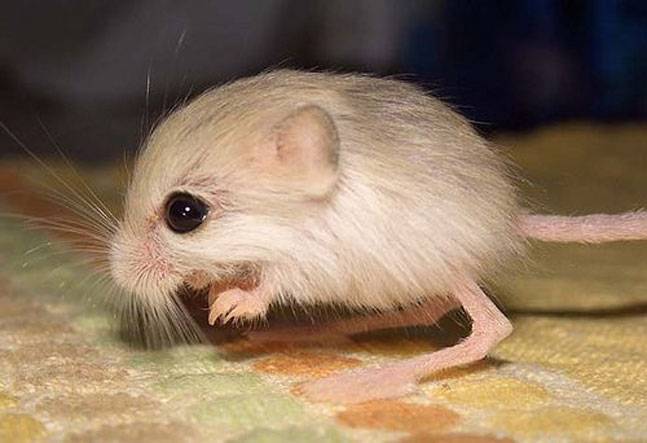
Source: India Today
- Weight: 1.7-2g
- Length: 4.2-5.4 cm
- Scientific Name: Salpingotulus michaelis
- Habitat: Deserts and semi-arid regions of Pakistan and Afghanistan; prefers sandy or gravelly soils.
The pygmy jerboa, a resident of the deserts of Pakistan and Afghanistan, is one of the smallest rodents in the world.
With a weight of only 1.7 to 2 grams and a body length of 4.2 to 5.4 centimetres, this tiny mammal is perfectly adapted to life in arid environments.
The pygmy jerboa has long hind legs, which allow it to hop across the sandy terrain, and a long tail that aids in balance. It typically inhabits sandy or gravelly soils and survives on a diet of seeds and insects, relying on its keen sense of hearing to detect predators.
African Pygmy Mouse
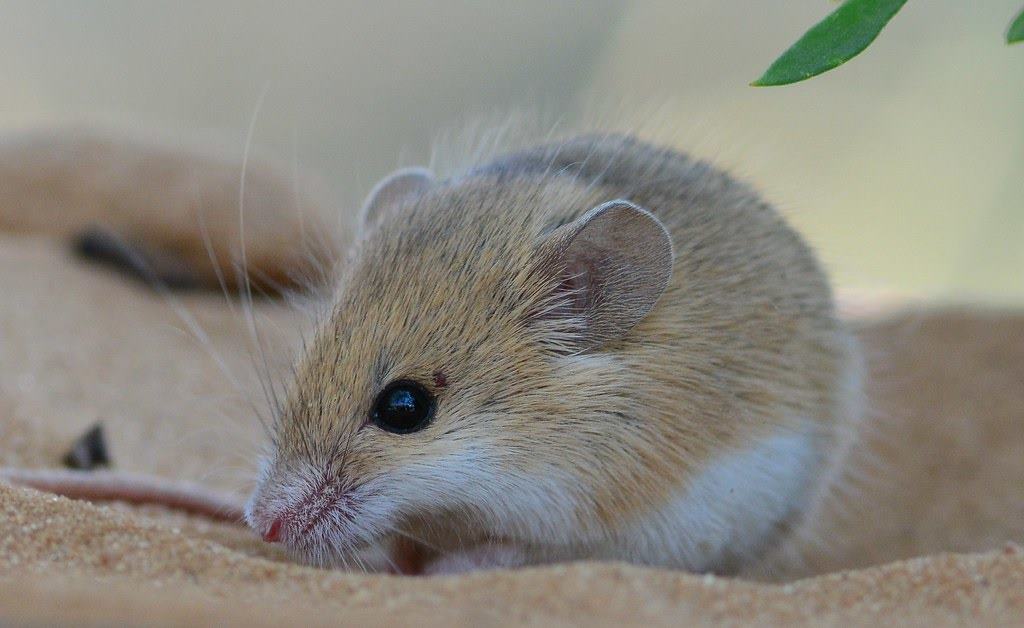
Source: Faktawajib
- Weight: 7.2g
- Length: 3.3-5 cm
- Scientific Name: Mus minutoides
- Habitat: Sub-Saharan Africa; inhabits savannas, grasslands, and forest edges.
The African pygmy mouse is a small but widespread rodent found throughout Sub-Saharan Africa. Weighing around 7.2 grams and measuring 3.3 to 5 centimetres in length, it is one of the tiniest rodents in the world.
These mice are highly adaptable and can be found in various habitats, including savannas, grasslands, and forest edges.
They are nocturnal and build intricate burrows or nests in the ground or under vegetation. Their small size and reddish-brown fur help them blend into their surroundings, making them elusive and difficult to spot in the wild.
Baluchistan Pygmy Jerboa
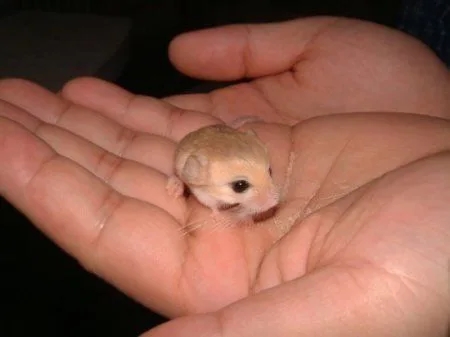
Source: Reddit
- Weight: 3.75g
- Length: 3.6-4.8 cm
- Scientific Name: Salpingotulus michaelis
- Habitat: Deserts of Pakistan, particularly the Baluchistan region; adapted to sandy deserts and gravel plains.
The Baluchistan pygmy jerboa is another incredibly small rodent native to the deserts of Pakistan, particularly the Baluchistan region.
Weighing just 3.75 grams and measuring between 3.6 to 4.8 centimetres in length, this tiny jerboa is well-suited to the harsh desert environment.
Like other jerboas, it has long hind legs for jumping, which it uses to move quickly across the sand. The Baluchistan pygmy jerboa primarily feeds on seeds and insects and is most active during the night when the temperatures are cooler.
Long-Tailed Planigale
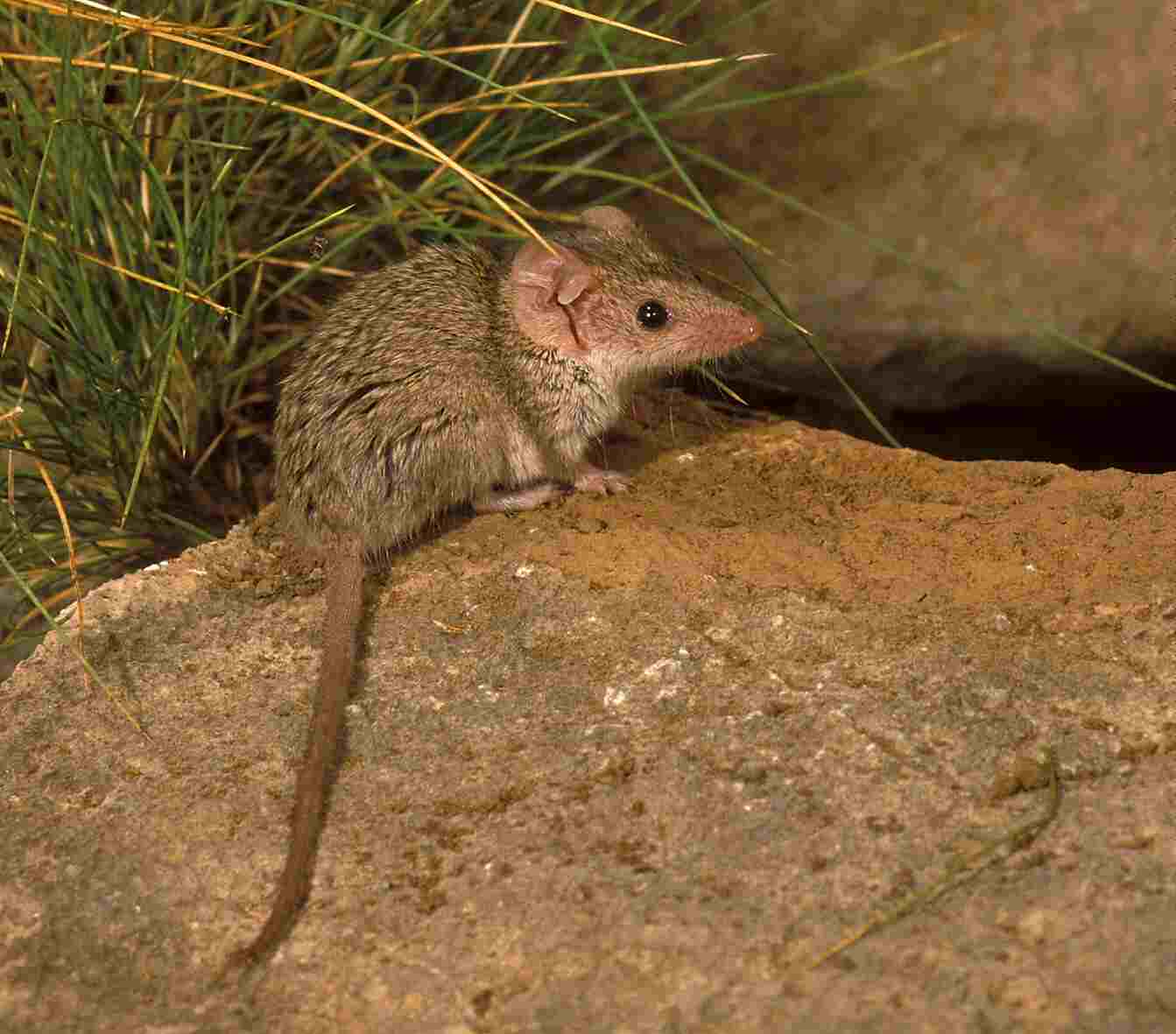
Source: Earth.com
- Weight: 4.3g
- Length: 5.5-6.5 cm
- Scientific Name: Planigale ingrami
- Habitat: Northern Australia; found in grasslands, woodlands, and floodplains.
The long-tailed planigale, native to Northern Australia, is a tiny marsupial known for its distinctively flattened head and long tail.
Weighing around 4.3 grams and measuring 5.5 to 6.5 centimetres in length, this diminutive predator is one of the smallest mammals in Australia.
It inhabits grasslands, woodlands, and floodplains, where it hunts for small insects and other invertebrates. Despite its small size, the long-tailed planigale is a fierce hunter, using its narrow head to squeeze into tight spaces to catch prey.
Narrow-Nosed Planigale
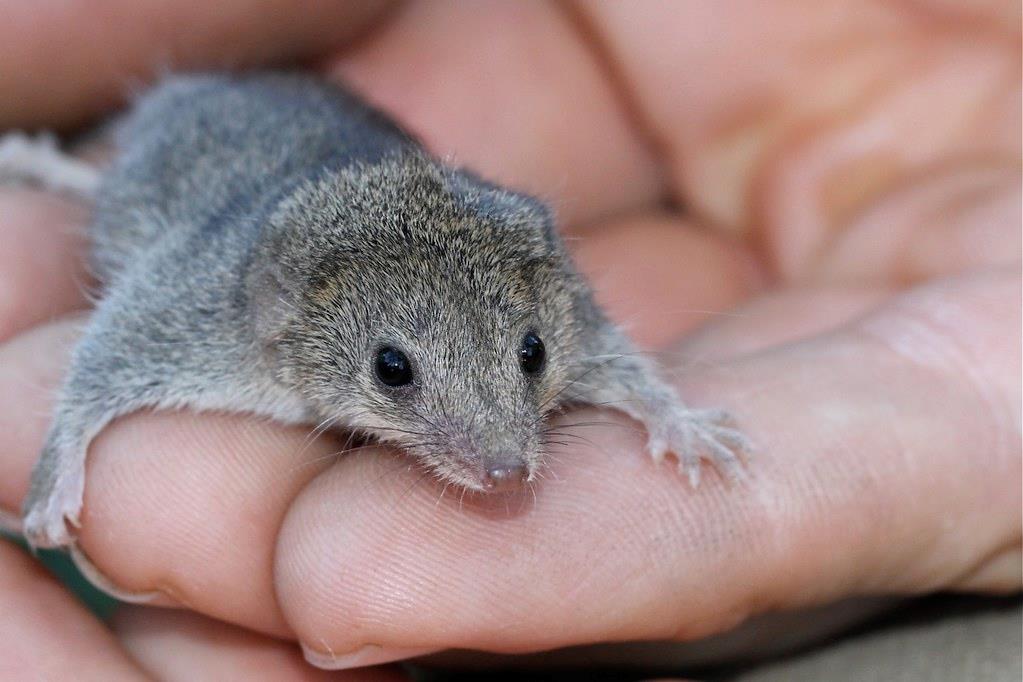
Source: Flickr
- Weight: 5.3g
- Length: 5–6.5 cm
- Scientific Name: Planigale tenuirostris
- Habitat: Northern and Eastern Australia; prefers woodlands, grasslands, and scrublands.
The narrow-nosed planigale is another tiny marsupial found in Northern and Eastern Australia. Weighing about 5.3 grams and measuring 5 to 6.5 centimetres in length, this small creature is adapted to a variety of habitats, including woodlands, grasslands, and scrublands.
Its narrow nose and flattened skull allow it to navigate through dense vegetation and burrow into the soil in search of insects and other small prey.
The narrow-nosed planigale is nocturnal and relies on its keen sense of smell to locate food in the dark.
Paucident Planigale
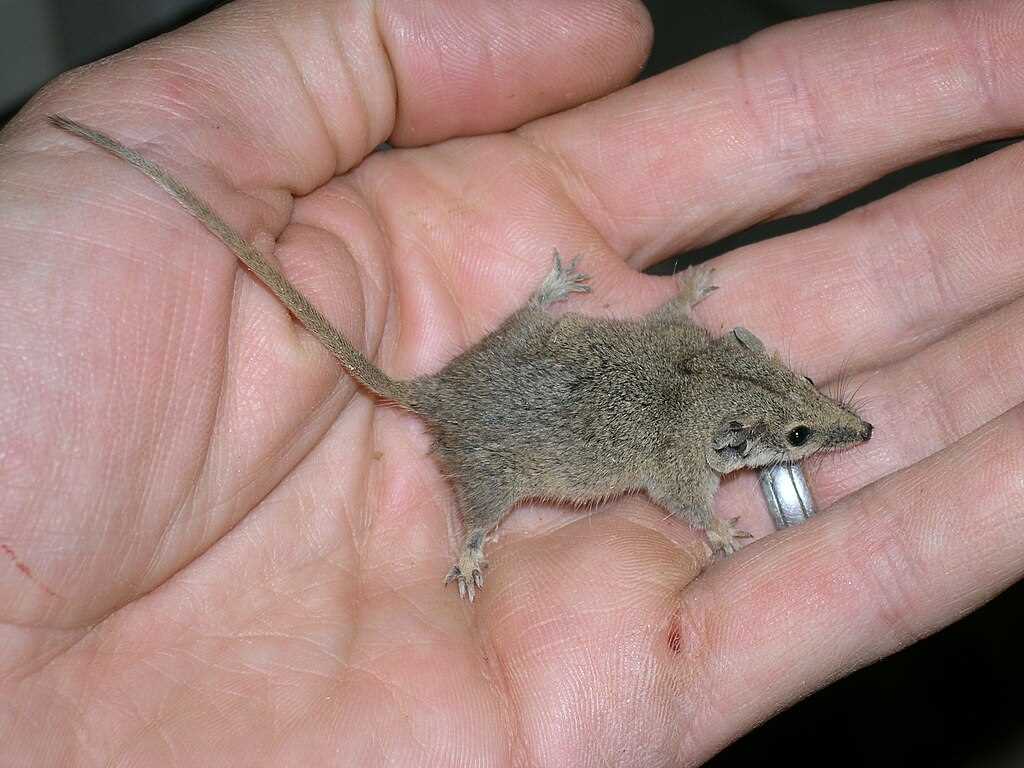
Source: Wikimedia Commons
- Weight: 6.9g
- Length: 4–5 cm
- Scientific Name: Planigale gilesi
- Habitat: Eastern and Southern Australia; found in arid and semi-arid regions, often in open grasslands and shrublands.
The paucident planigale, also native to Australia, is a small marsupial that weighs around 6.9 grams and measures between 4 to 5 centimetres in length.
It is found in arid and semi-arid regions of Eastern and Southern Australia, often inhabiting open grasslands and shrublands.
The paucident planigale is named for its reduced number of teeth, which is an adaptation for its insectivorous diet. Like its relatives, this planigale is a nocturnal hunter, using its small size to navigate through tight spaces in search of prey.
Tasmanian Pygmy Possum

Source: Tasmania Parks and Wildlife Service
- Weight: 8.4g
- Length: 6.6-7.5 cm
- Scientific Name: Cercartetus lepidus
- Habitat: Tasmania and parts of Southern Australia; lives in temperate rainforests, woodlands, and heathlands.
The Tasmanian pygmy possum, weighing about 8.4 grams and measuring 6.6 to 7.5 centimetres in length, is one of the smallest possums in the world.
Native to Tasmania and parts of Southern Australia, this tiny marsupial inhabits temperate rainforests, woodlands, and heathlands.
The Tasmanian pygmy possum is an agile climber, using its prehensile tail to navigate through trees and shrubs in search of nectar, pollen, and insects. Despite its small size, it can enter torpor, a state of reduced metabolic activity, to conserve energy during cold weather or food shortages
American Shrew Mole

- Weight: 10g
- Length: 7.5–9 cm
- Scientific Name: Neurotrichus gibbsii
- Habitat: Western North America, from British Columbia to Northern California; prefers moist forested areas, often near streams or marshes.
The American shrew mole is a small insectivorous mammal native to the forests of Western North America, from British Columbia to Northern California.
Weighing approximately 10 grams and measuring 7.5 to 9 centimetres in length, it is the smallest mole species in North America.
The American shrew mole is well-adapted to life underground, with a pointed snout and large, clawed forelimbs for digging. It inhabits moist forested areas, often near streams or marshes, where it hunts for insects, earthworms, and other small invertebrates in the soil.
Comments
All Comments (0)
Join the conversation